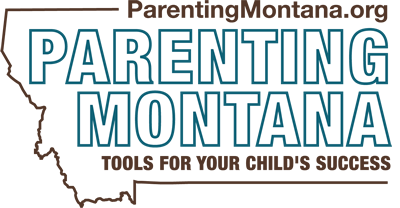Communities that Care PLUS
Communities That Care Plus©
Communities that Care (CTC) is a framework, developed by the University of Washington, that helps communities prevent problems before they develop. Many see dramatic reductions in levels of youth alcohol & tobacco use and crime & violence. The CTC process begins with a youth survey to identify a community’s risks and strengths. Based on these data, CTC helps communities select and implement tested & effective prevention programs and policies. CTC also helps amplify programs already working.
Goal: To guide communities in developing and implementing effective programs, practices, and policies for identified community specific risk and protective factors to prevention and reduce the prevalence and adverse consequences of substance misuse and abuse.
5-Step Process:
CTC Facilitators are guided through a proven five-phase change process:
STEP 1: Introduce CTC to your community.
STEP 2: Organize a community board or collaborate with an existing coalition.
STEP 3: Assess community risks and strengths using data.
STEP 4: Create a community action plan for prevention work.
STEP 5: Implement and evaluate programs and policies, monitor the effectiveness of those programs and policies, and measure results to ensure improvements are achieved.
Social Development Strategy - Provides young people with opportunities, skills, and recognition, and strengthens bonding with family, school, and community. Strong bonds motivate young people to adopt healthy standards for behavior.
Protective Factors - Researchers have identified protective factors that increase the likelihood of health and success for children. The Social Development Strategy provides a way of increasing the protective factors for the youth in the community.
Outcomes:
CTC’s significant effects on youth health and behavior problems produce long-term economic benefits. For every dollar invested in CTC, $11.14 is returned in the form of lower criminal justice system, crime victim, and health care costs, and increased earnings and tax revenues. Youth in CTC communities are:
- 25% less likely to start engaging in crime;
- 32% less likely to start drinking alcohol;
- 33% less likely to start smoking cigarettes; and
- 37% less likely to “binge” drink
The Department of Public Health and Human Services (DPHHS) Public Health and Safety Division’s Injury Prevention Program has generously set aside mini-grants for each CTC site up to $5,000 to be used to organize their coalitions.
RESOURCES:
- University of Washington Communities that Care Plus
- May 2018 Long-term Effects of Communities that Care Trial on Substance
Use, Antisocial Behavior, and Violence Through Age 21 years
The goal of the State of Montana is to expand into other counties across the state. If you are interested in using the CTC framework contact Lonni Starcevich – Communities that Care State Coach. More information about Communities That Care
CONTACT:
Lonni Starcevich
Prevention Program Specialist
(406) 497-6639
Lonni.Starcevich@mt.gov


